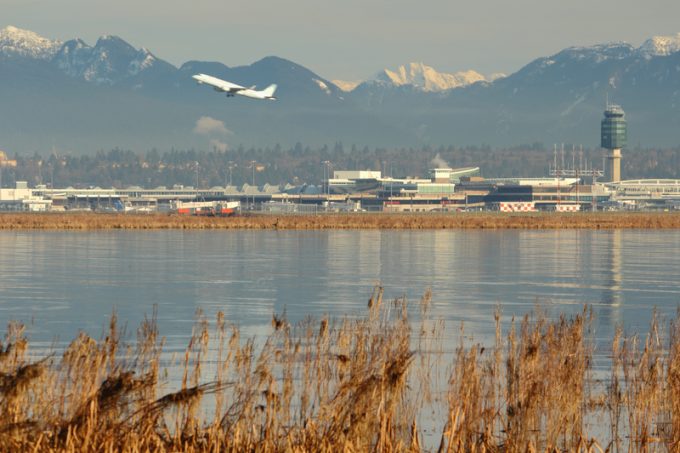'Tariff hell' leaves industries in limbo – 'not a great environment to plan'
UPDATED 17.30 BST TO INCLUDE SECOND PAR Yesterday the tariff landscape changed yet again, with a ...

As with most airports, 2019 is going down as a year more-or-less to forget, in terms of cargo growth at Vancouver International Airport; after a buoyant 2018, the momentum stalled.
Jason Tse, manager, commercial leasing – cargo at the airport authority, said: “2018 was really good; 2019 has been a little bit of a challenge, which is probably reflective of the global situation.”.
For most west coast gateways, the inbound sector from Asia has been the ’Achilles heel’ this year, owing to the slump in US imports from China, but in ...
Asia-USEC shippers to lose 42% capacity in a surge of blanked sailings
USTR fees will lead to 'complete destabilisation' of container shipping alliances
Outlook for container shipping 'more uncertain now than at the onset of Covid'
New USTR port fees threaten shipping and global supply chains, says Cosco
Transpac container service closures mount
DHL Express suspends non-de minimis B2C parcels to US consumers
Zim ordered to pay Samsung $3.7m for 'wrongful' D&D charges
Flexport lawsuit an 'undifferentiated mass of gibberish', claims Freightmate
Uncertainty over US tariffs sparks interest in bonded warehouses for imports
Cancelled voyages take the sting out of spot rate declines this week
Shippers warned: don't under-value US exports to avoid tariffs – 'CBP will catch you'
Blanked sailings in response to falling demand 'just a stop-gap solution'


Comment on this article